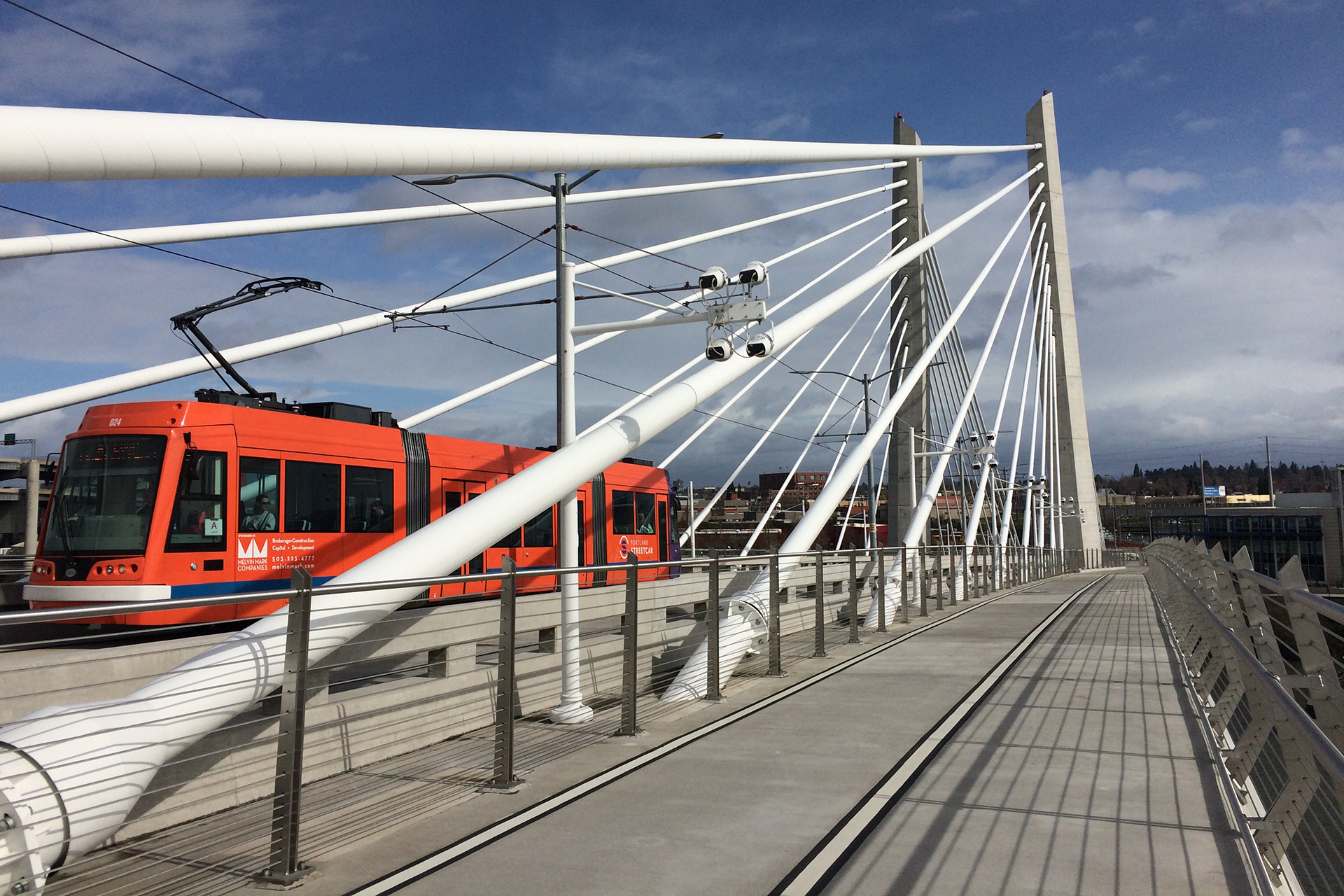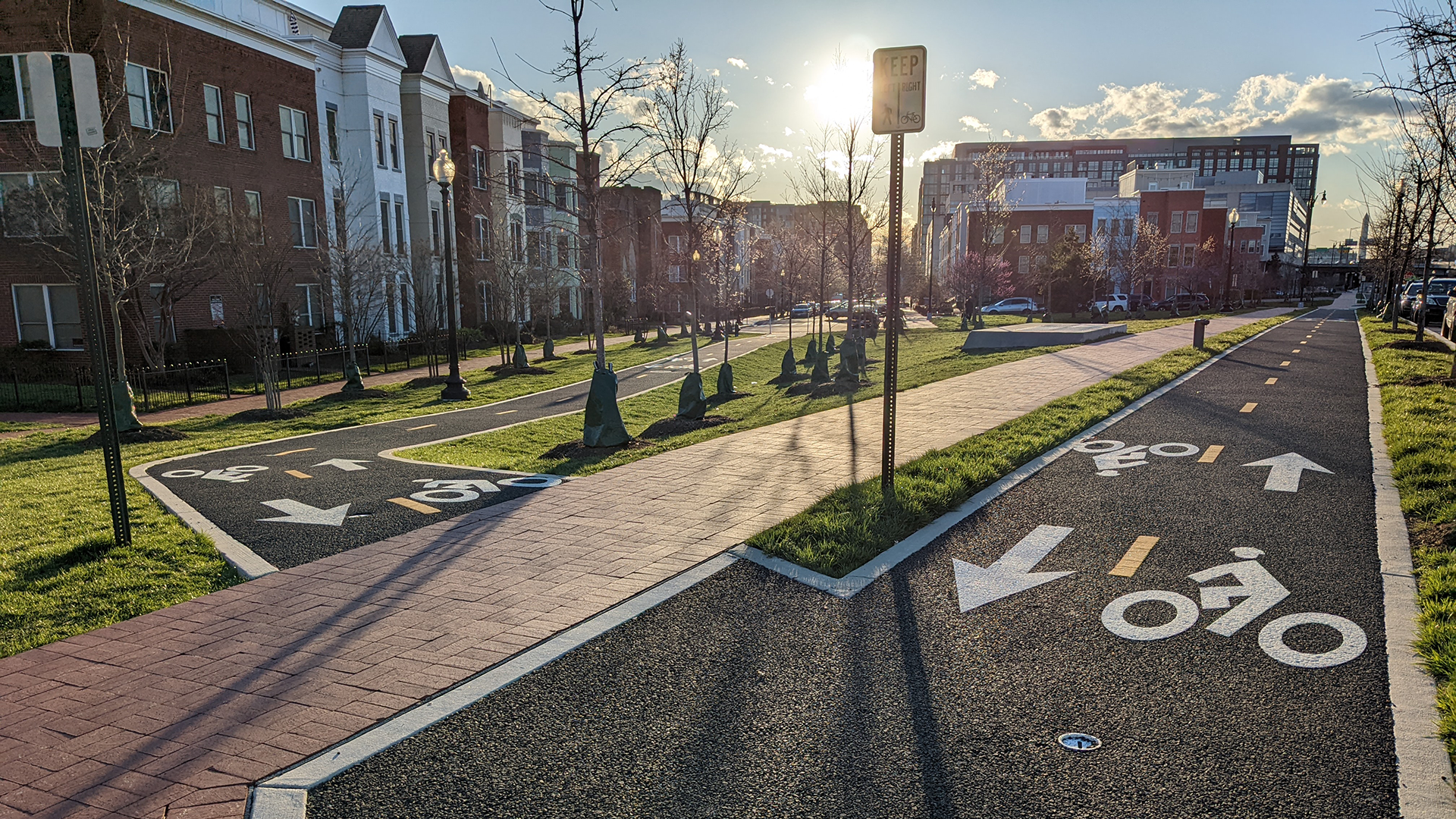November 15, 2022
The Bipartisan Infrastructure Law (BIL), also known as the Infrastructure Investment and Jobs Act (IIJA), is the largest, most comprehensive infrastructure bill in American history. The BIL includes $1.2 trillion to support new and existing programs with an emphasis on safety, equity, and resiliency. Over the next few years, this funding can help us have a real and significant impact on our communities, including:
- Supporting economic opportunities through job creation
- Remedying historical mistakes
- Advancing environmental and social justice
- Preparing for emerging technologies
- Increasing access to high-speed internet
- Establishing safer transportation networks
- Working toward resiliency
Now that the first year of funding is wrapping up, many agencies are in the process of positioning themselves for next year’s grant opportunities-and you can be prepared too. Here are five important steps you can take now to prepare for the next grant cycle.
Many agencies are in the process of positioning themselves for next year's grant opportunities-and you can be prepared too.

The momentum gained through previous infrastructure investment acts, like the TIGER, BUILD, and FAST Act programs, is continuing with the IIJA.
Engage with Community Members
Community engagement can both help you develop community priorities and increase your competitiveness for grant funding. Many of the BIL grant programs emphasize an inclusive and representative community process as well as collaboration with the public and relevant stakeholders. Any project applying for funding will need to clearly identify a problem and the community need that will be solved. You should be able to point to community engagement that has already occurred prior to the grant and how the project addresses the community problems and needs identified during the engagement.
In addition, many BIL programs consider how projects help “transportation disadvantaged communities”, and the USDOT has developed tools to help identify which parts of your community qualify. Familiarizing yourself with where those communities are located can help you figure out what projects to consider for grant opportunities.
Align Plans and Policies with Grant Program Goals
Many new BIL grant programs provide funding for both planning and implementation. Your grant application should demonstrate your community’s readiness for the project you are applying for. You can accomplish this by pointing to existing plans, policies, and processes that reflect the goals and objectives of the grant program.
If you need to update your plans or policies, now would be a good time to do this. For example, for construction projects, is it in the a state or local transportation improvement program? Keep in mind the key themes of the BIL transportation funding including safety, equity, climate resiliency, and economic competitiveness.
A good example is the North Central Texas Council of Governments (NCTCOG), which is planning for an automated vehicle program. We’re working with the NCTCOG on assessing their region’s future mobility needs and engaging agency staff and the community to build an understanding of opportunities with emerging technologies. This work will put their local agencies in a competitive position for upcoming funding opportunities.

IIJA grant applications are highly competitive and several of the programs include both planning grants and implementation grants. Because most IIJA grant programs will be implemented annually, agencies can begin preparing for the upcoming cycle now.
Build Relationships with Potential Grant Partners
Building a well-rounded team with partnerships is important, but it’s also important to be very thoughtful in building a team. It’s possible to have”¯too“¯many partners, and this can create distractions or lock you into solutions that don’t actually solve your local needs. Rather, pick the right partners, which can involve public/private partnerships as well as new inter-agency partnerships. Applications should demonstrate a strong, tangible commitment from project partners to participate and execute the proposal.
Assemble Your Grant Writing Team
For any grant application, you’ll need to follow the Notice of Funding Opportunity (NOFO), be innovative and creative, clearly convey the work will be conducted equitably and sustainably, and have fiscal responsibility. For these reasons we recommend assembling a multidisciplinary grant writing team whose members have a strong understanding of each of these elements. We may be biased, but we believe there’s tremendous value in bringing on an external consultant who has been following BIL grant programs closely and has experience completing a variety of federal grant applications.
At Kittelson, we’ve had the chance to work on eight Safe Streets and Roads for All applications as well as help agencies receive $45 million in BUILD/RAISE grants in the past two years through bringing together subject matter experts, graphic designers, and technical editors in our grant writing teams. One of these agencies was the Florida Department of Transportation District 7, who prepared a successful RAISE grant for their Heights Mobility corridor. Building upon the Heights Mobility Study, the team composed an application with visuals that clearly conveyed the agency and its partners were ready to implement improvements to the transportation system. The grant funds will be used to construct proven safety countermeasures, increase transportation choices and access to essential services, reduce emissions, enhance walkability, and improve corridor resiliency and prevent flooding. We love being a part of stories like this and helping agencies secure the funding that will enable them to provide for their communities well into the future.
Track Future Funding Opportunities
Stay tuned for upcoming grant notifications, which you can find on the USDOT’s web site. Here are some of the key transportation grant programs:
Rebuilding American Infrastructure with Sustainability and Equity (RAISE)
Funding for surface transportation infrastructure projects that will have a significant local or regional impact. (Note that information about the RAISE 2023 competition is coming soon!)
Safe Streets and Roads for All
Planning and implementation grants for projects that prevent death and serious injury crashes on roadways.
Reconnecting Communities
Planning and construction grants for restoring community connectivity by removing, retrofitting, or mitigating highways transportation facilities that create barriers to community connectivity.
If your agency is ready to begin capitalizing on the opportunities offered through IIJA, we’d be delighted to continue the conversation. Feel free to reach out to any one of us to talk further!
